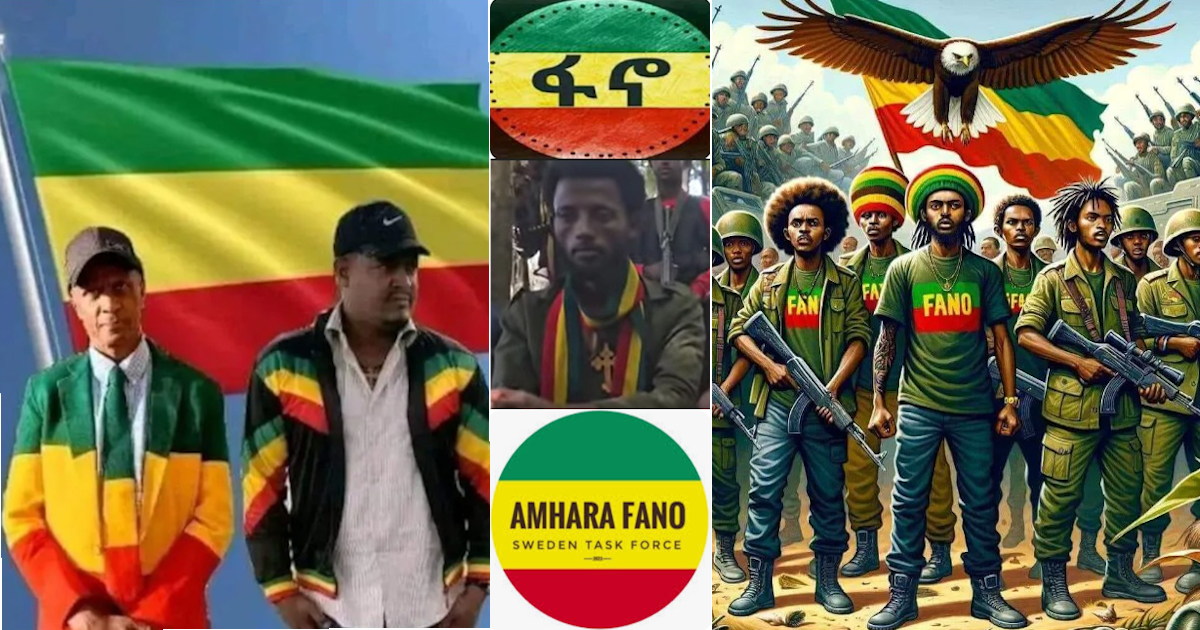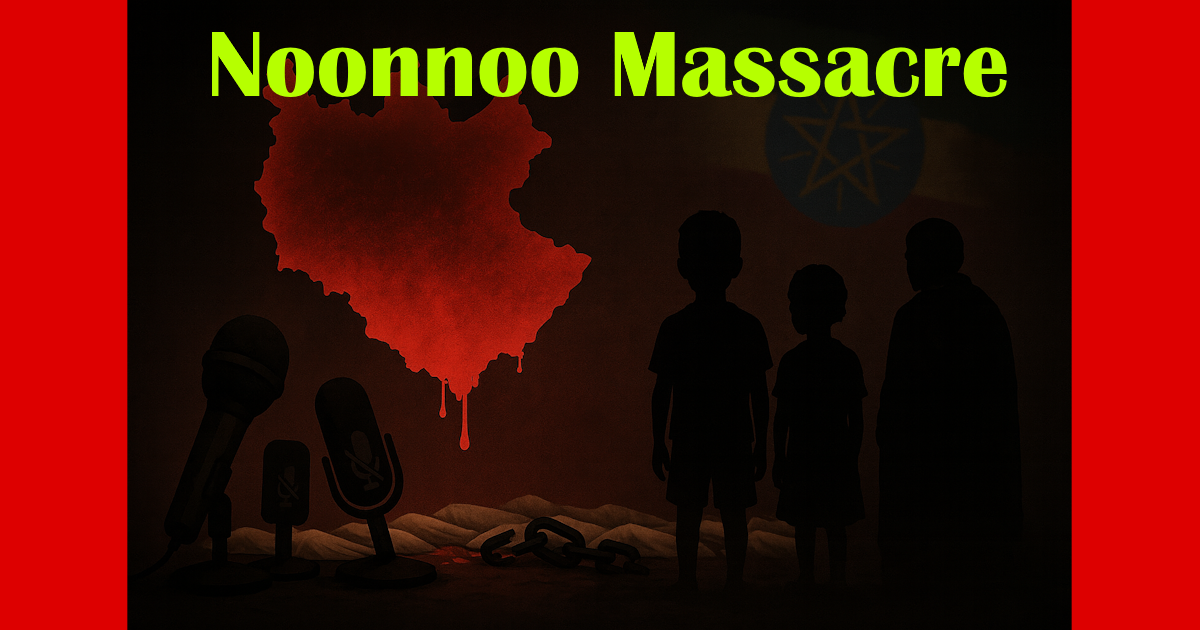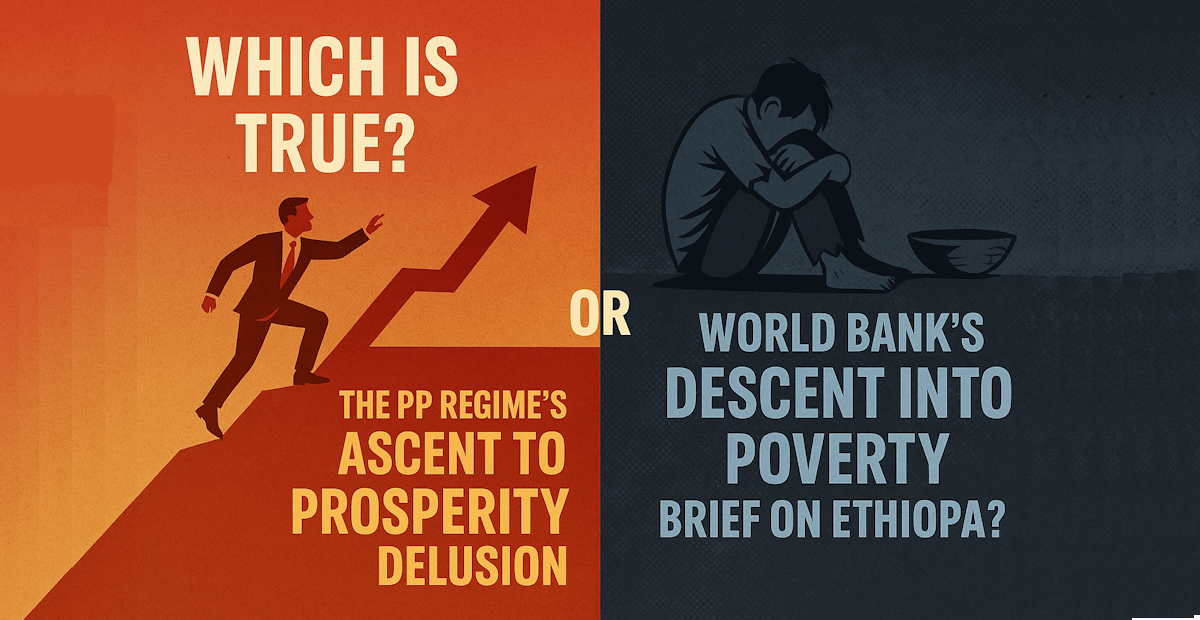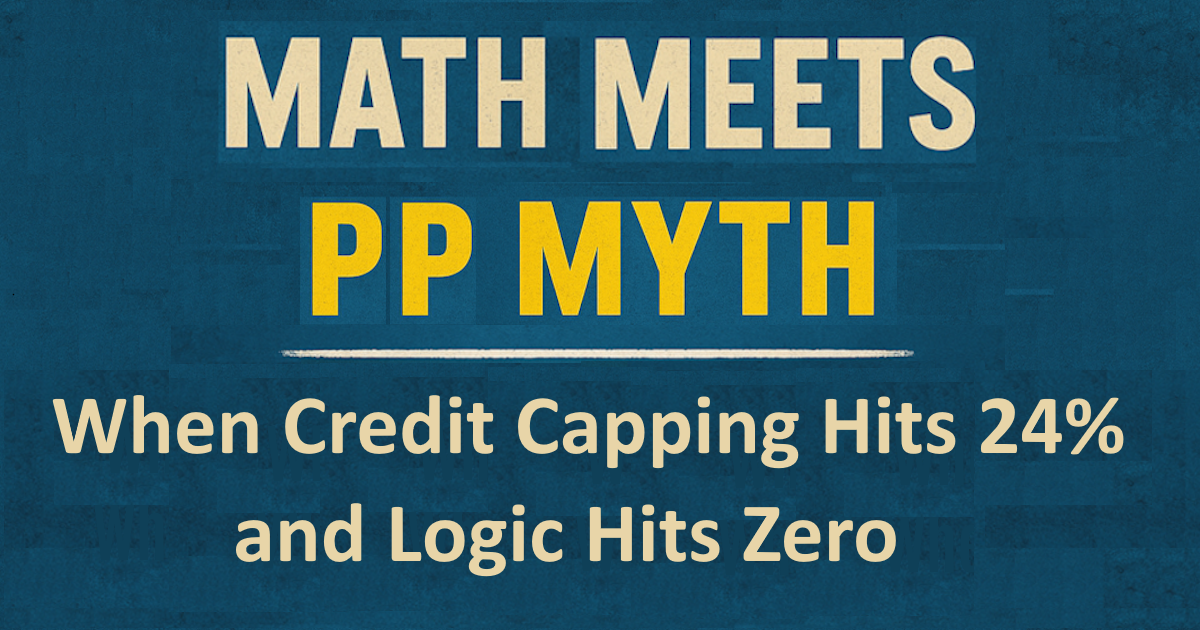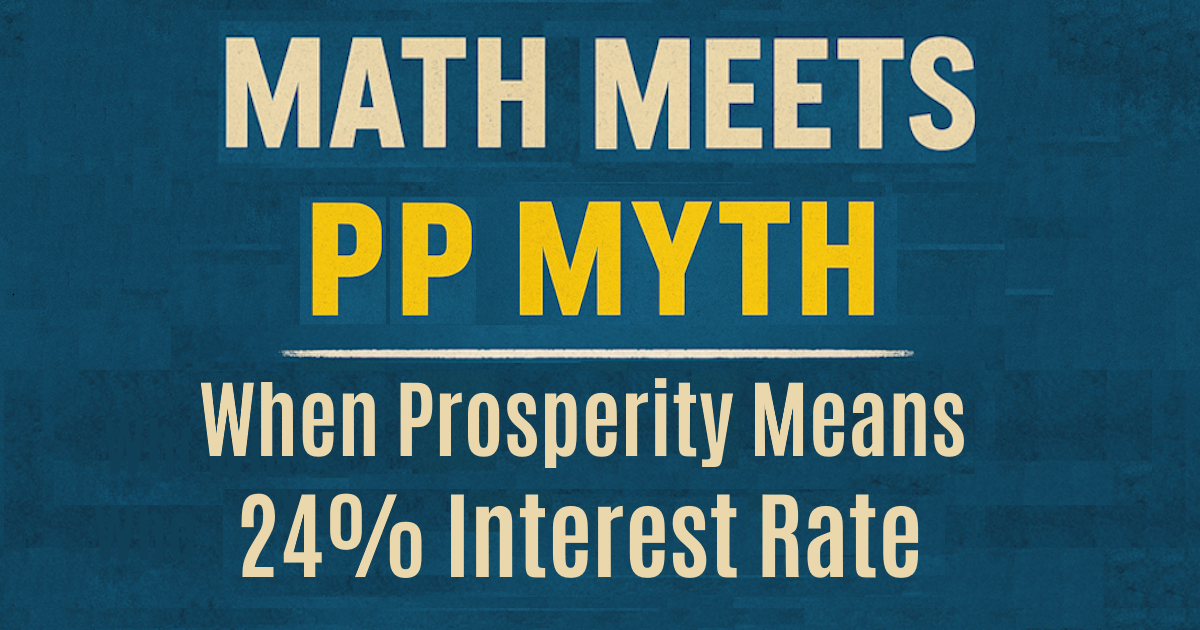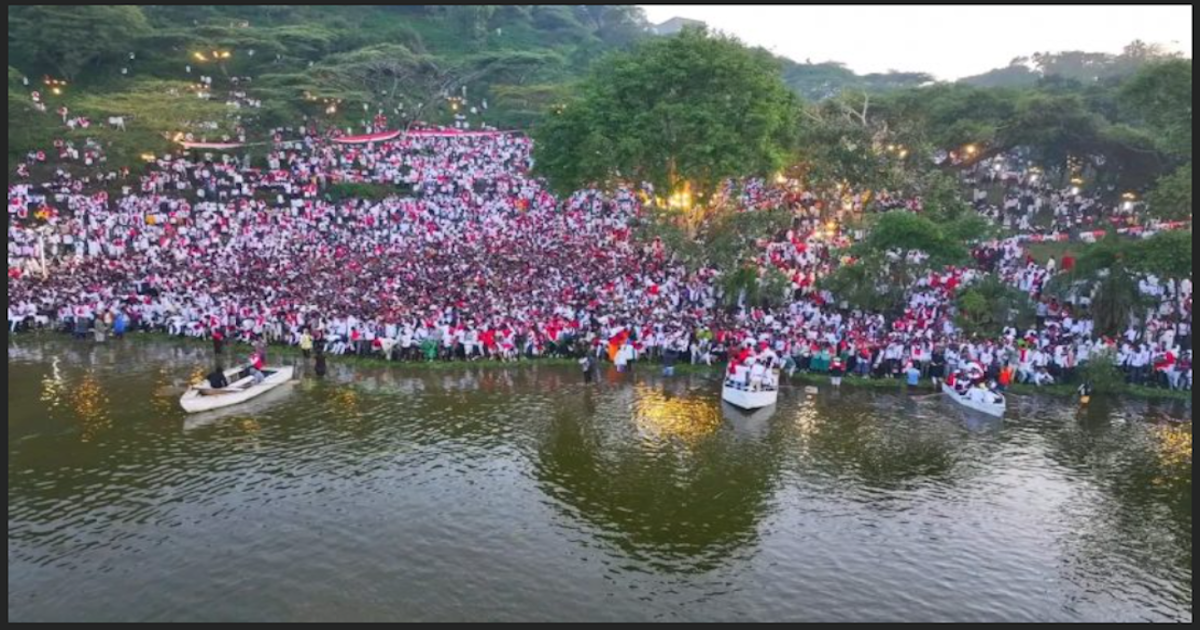The Abject Poverty of the Indigenous Oromo
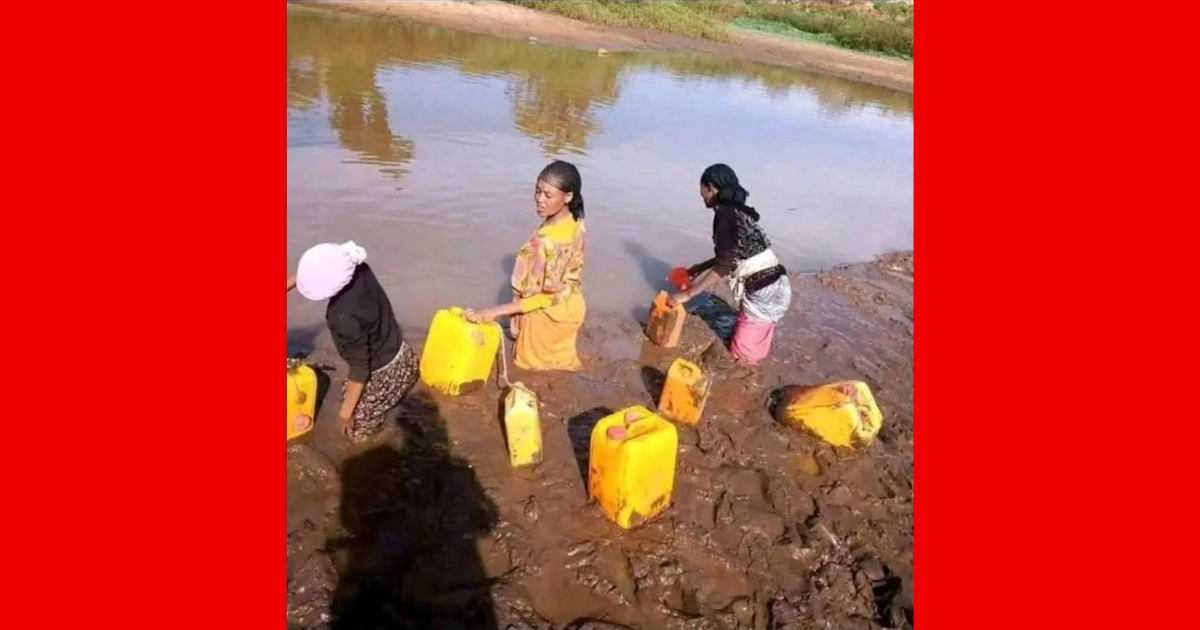
Excerpt:
The Indigenous Oromo remain deeply impoverished despite living on some of the most fertile land in Ethiopia. This article unpacks how systemic exclusion, political betrayal, and false narratives like “Balegiizee” (ባለጊዜ) continue to marginalize the Indigenous Oromo while others prosper at their expense.
Introduction
In a just society, being Indigenous to a land should be a source of pride and prosperity. For the Indigenous Oromo, it has become a condition of systemic neglect. Despite being the largest and most rooted population in Ethiopia, they remain among the most impoverished—living on land that feeds the nation, yet denied its fruits.
Across Oromia, it is common to see rural families collecting dirty water from shallow ponds. Worse still, there is no drop of water to be found with dried-up ponds, and no “governmental responsibility” to mitigate such dire situations. Such painful images stand in stark contrast to the region’s rich resources and fertile soil. Why are these communities trapped in poverty while outsiders profit?
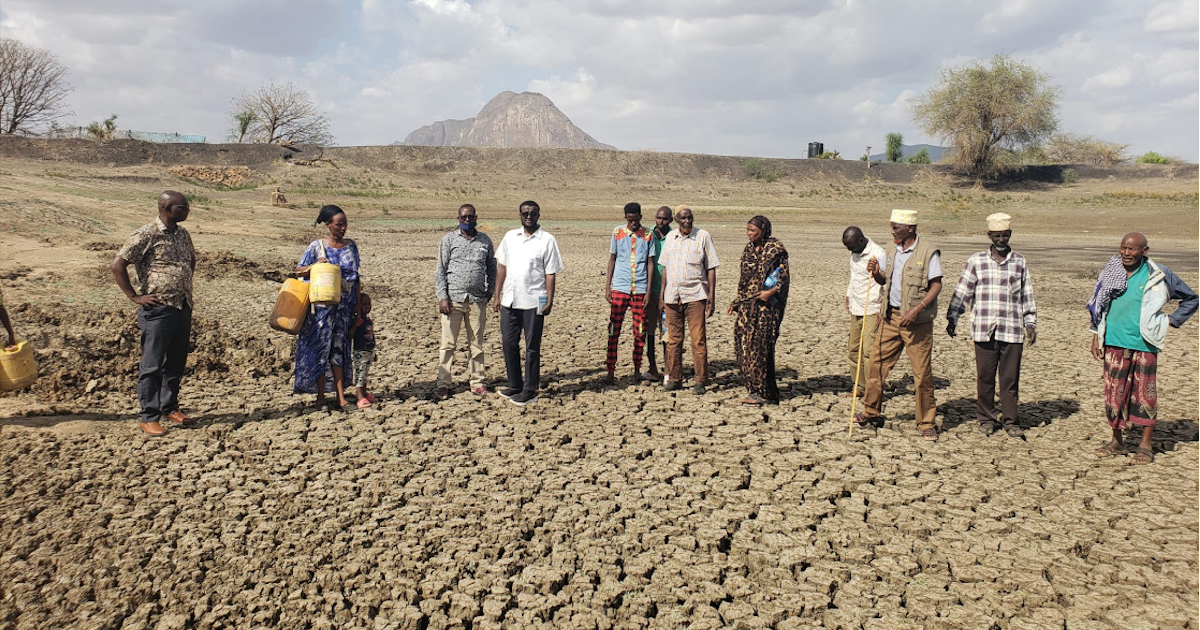
This is not a story of failure by the Oromo. It is a story of deliberate exclusion—an economic and political system designed to enrich others while disempowering the true custodians of the land.
Development Without Inclusion: A Recipe for Displacement
In towns across Oromia, modern development often bypasses the local population. Cities grow, businesses thrive, but the wealth is captured by settlers—mainly Amhara, Guraagee, and Silxee elites—who dominate commerce.
Who owns the hotels, logistics firms, and banks in places like Adama and Finfinnee? Rarely the local majority, when the opposite is true in regions like Amhara and Tigray. This is no accident. It is the result of decades of dispossession and exclusion.
A System Designed to Sideline the Indigenous Oromo
The economic and political system has long been tilted against the Indigenous Oromo:
-
Afan Oromo was once banned, leaving generations linguistically and culturally disenfranchised.
-
Education for the Indigenous Oromo was underfunded or culturally alien with the systemic bias still felt in the rural.
-
Livestock and raw materials from Indigenous Oromo farmers—milk, grain, hides—are bought cheaply and processed elsewhere, stripping local value.
-
Civil service jobs and city administrations are often dominated by non-Oromos, blocking upward mobility.
Critics who ask why the Indigenous Oromo are underrepresented in trade or urban enterprise ignore this systemic bias. The question is not “why don’t they engage?”—but “why were they locked out to begin with?”
The simple answer is this: the Oromo have never had a government that truly looked after their interests—especially the rural majority. Every successive regime has sidelined the Indigenous population, while emerging towns became engines of opportunity only for settler and migrant communities. Development was never designed with the Oromo in mind—it was designed to bypass them. Historically, every wave of town development has meant dispossession and displacement for the Indigenous Oromo—engineered by regimes that viewed Oromo presence as an obstacle rather than a foundation.
This should make it abundantly clear why there is a compelling case for the liberation of Oromia—the only viable route to redress the century-old systemic dispossession and ensure the Oromo nation can finally determine its own political and economic destiny.
The Paradox of the Indigenous Becoming the Outsider
The Indigenous Oromo, the most numerous and historically settled people in the region, have been made to feel like strangers on their own land. Their resources are extracted, their culture sidelined, their voices silenced.
This tragic paradox—where the Indigenous Oromo are present but powerless—represents what can only be called “developmental inversion.” The people who grow the food and raise the livestock cannot access clean water, let alone market value for their work.
What Would a Pro-Indigenous Government Do Differently?
A government committed to the Indigenous Oromo would restore economic justice and cultural pride. Such a government would:
- Build local food and dairy processing centers owned by rural cooperatives
- Invest in clean water, roads, and education that serve agrarian communities
- Support locally-owned enterprises with training, financing, and protected markets
- Reclaim language, history, and identity through schools, media, and public policy
- Ensure political representation that reflects the population’s will
And to those muttering “Balegiizee” as if the Indigenous Oromo are now enjoying some golden age of power—don’t be surprised if a real pro-indigenous government one day introduces Affirmative Action laws. Yes, the same kind of deliberate positive discrimination that the United States implemented to uplift African Americans after centuries of slavery, segregation, and exclusion.
Because what else could possibly begin to balance the scales after over a hundred years of systemic marginalization, cultural suppression, and economic dispossession?
In fact, maybe what’s needed is not just “our time,” but our turn—with compensation.
So the next time someone sarcastically says “Balegiizee“, remind them:
YES. And if justice prevails, it might just come with legal redress, institutional priority, and land-use reform designed explicitly for the Indigenous Oromo. That’s not favoritism. That’s overdue fairness.
Conclusion: From Survival to Sovereignty
The poverty of the Indigenous Oromo is not accidental. It is engineered through policies that benefit outsiders while the rightful inhabitants suffer.
The Oromia Prosperity Party, which rose on the martyrdom of over 5,000 Oromo youth—the Qeerroo & Qarree—has disingenuously labeled itself an “Oromo Government.” It co-opted sacred labels like “Ijoollee Abbaa Gadaa” while delivering nothing but:
- Bad Governance
- Civil War Devastation
- Corruption
- Dispossession
- Extortion
They have done worse than previous regimes—tightening the grip on the Indigenous Oromo under the false banner of representation.
To make matters worse, a poisonous narrative has emerged among anti-Oromo elites mainly Amharas: “Balegiizee ባለጊዜ”—“It’s their time.” This phrase implies that the Oromo are now in charge, mocking their suffering and erasing decades of marginalization.
But this is not the time of the Indigenous Oromo. It is not their “giizee.” It is the time of exploiters ruling in their name. The phrase “Balegiizee” is not a recognition of empowerment—it is a weaponized lie designed to ridicule and invalidate real Oromo pain.
Such rhetoric is not only historically blind but morally repugnant. It turns the victims into perpetrators and obscures the lived reality of rural Oromos who lack clean water, dignified livelihoods, and meaningful political power. “Balegizee” is not a statement of truth—it is a mask for continued oppression.
For the 85% of Oromos living in rural areas—those closest to the land, the culture, and the ancestral lifeblood of the nation—the only credible path to a pro-indigenous government lies in the rise of the OLF–OLA. Any other force has proven either unwilling or incapable of delivering justice, dignity, and development. Until then, the Indigenous Oromo will continue to suffer—voiceless, land-rich but value-poor, their potential stifled by systems that favor others.
Let’s be clear: seven years under the Prosperity Party have been an abysmal failure—especially in Oromia. The so-called “Oromo wing” of the ruling party has desecrated sacred ideals like “Ijoollee Abbaa Gadaa” while delivering nothing but repression, poverty, and political theatre. They do not govern in the interest of the Oromo people. They govern in the shadow of others—merely parroting power rather than exercising it for justice.
The ledger is open, and the numbers do not lie. No meaningful infrastructure, no rural dignity, no clean water, no prosperity. Just broken promises, deepening impoverishment, and betrayal cloaked in Oromo rhetoric—with the dispossession and eviction of Indigenous Oromos intensifying even as we write this Editorial.
Let no child grow up believing that poverty is their destiny. Let no farmer sell their produce for a pittance while their child drinks from a dirty pond. It is time for a renaissance. Not one of slogans, but one led by the Indigenous Oromo—on their land, in their own language, through their own labor.
Oromia must look after its Indigenous people—for their political, social, and economic justice, and above all, for their dignity on their land.
To be secure, dignified, and self-governed on one’s own land is the birthright of every nation.
Such dignity is not a request—it is the rightful inheritance of the Oromo nation on their ancestral land.
Selected References
- The Trail of Tears – United States, 24 May 2025, Wikipedia.
- The Stolen Generations – Australia, 14 April 2025, Wikipedia.
- Selk’nam Genocide – Argentina and Chile, 11 May 2025, Wikipedia.
- Canadian Indian Residential Schools, Department of Justice, Canada.
- Olii Boran and Ed Chapman, The Systematic Dispossession of Oromia: Language Status Denied, Lands Mythologized and Engineered, Names Rewritten, and a Mountain Nearly Claimed, 1 April 2025, OROMIA TODAY.
- Kumaa, Daadhii, Ten Things the PP Government Has Done—and You Might Not Even Know, 25 January 2025, OROMIA TODAY.
- Olii Boran, Leading by Chaos, Not Competence, 4 December 2024, OROMIA TODAY.

